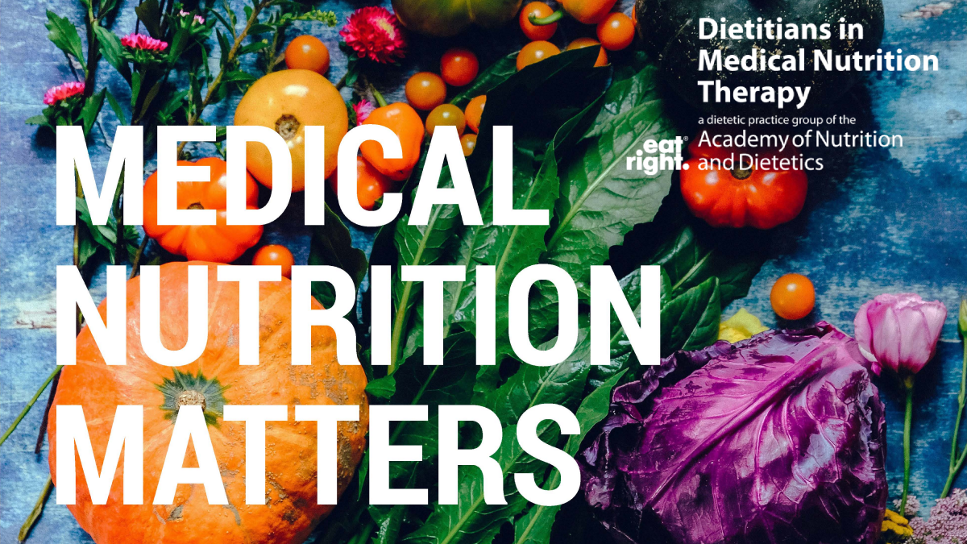Poor appetite can occur as a result of injury, disease, illness, or conditions often seen in the inpatient rehabilitation (IPR) population. Poor oral intake and subsequent weight loss can have a negative impact on a patient’s physical and mental health, increasing their overall risk of morbidity and mortality. (1) Prolonged poor nutrition can lead to anorexia, cachexia, and depression, and increase a patient’s risk of infection. (1) Patients entering a rehabilitation setting are focused on therapy, healing, and regaining strength and independence. Preventing poor appetite and associated weight loss can minimize the risk of health complications that would impede or delay therapy goals. Dronabinol, megestrol acetate, and mirtazapine are a few of the more commonly used appetite stimulants, also called orexigenics. (1) Current research into the efficacy of such treatments is mostly limited to specific patient populations (geriatric and those with cancer and AIDS), primarily in the outpatient setting. (1) To date, the available evidence to support or denounce the use of orexigenics in acute care is limited, with even fewer studies exploring their use in the IPR setting. (1) This article will outline the most common appetite stimulants, their mechanisms of action, pros and cons, and potential adverse effects that should be considered when making the decision to start appetite stimulant therapy in the IPR setting.

